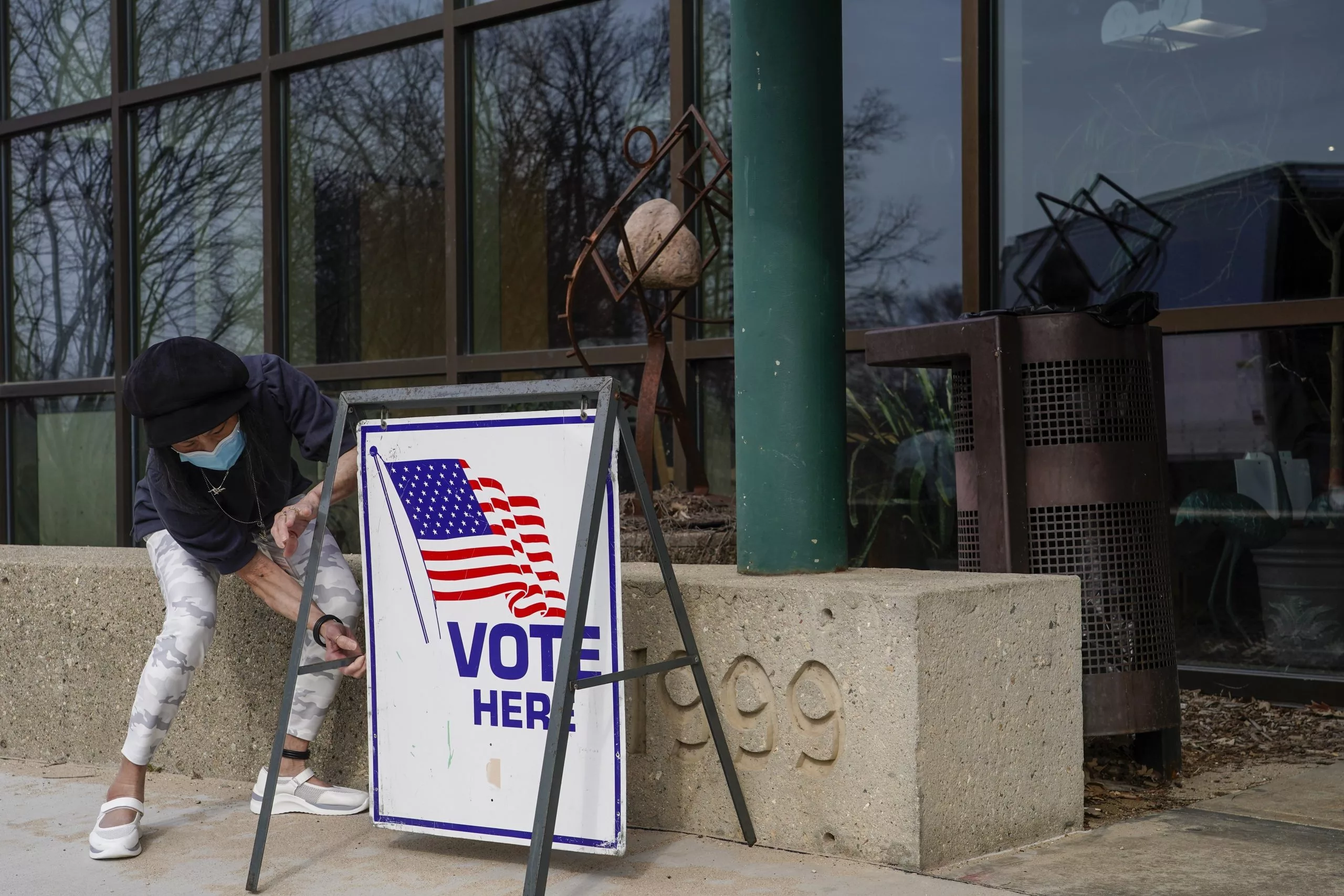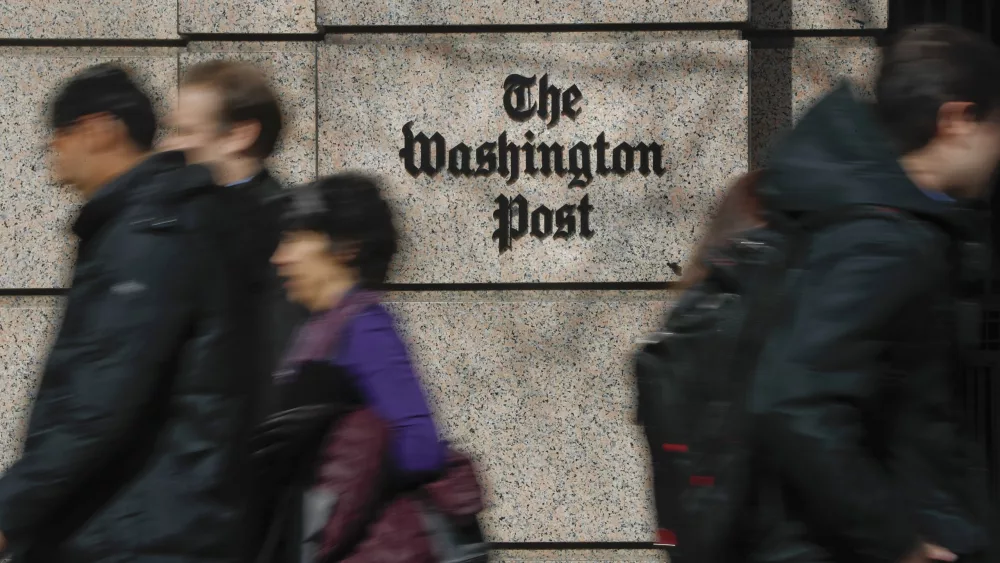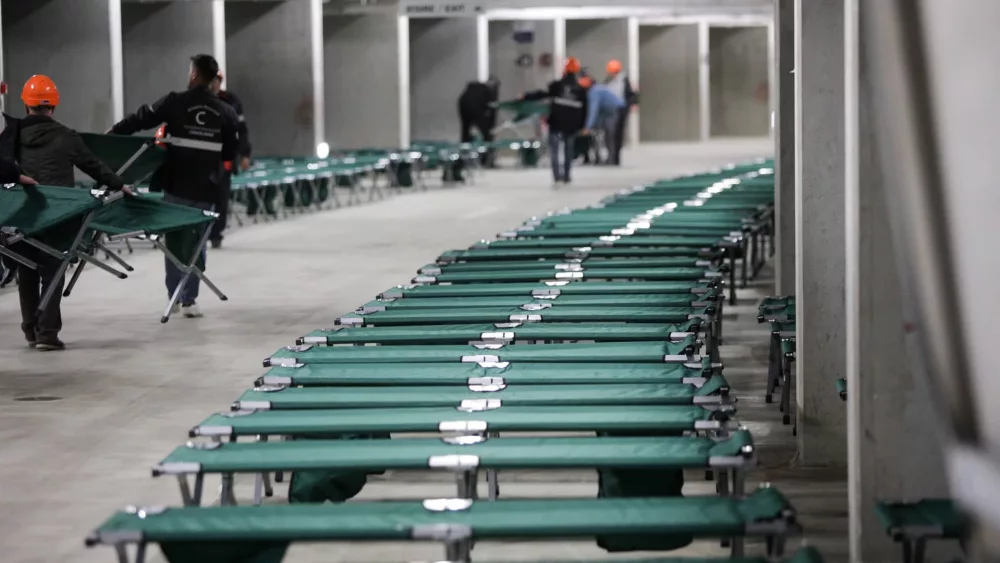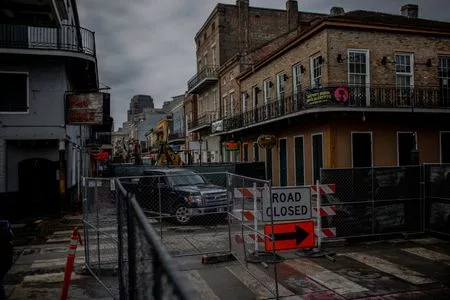WASHINGTON (AP) — Wisconsin is no stranger to close presidential elections. The margin of victory was less than a percentage point in the state’s 2020, 2016, 2004 and 2000 elections. So it might be again this Election Day.
Both Republican former President Donald Trump and Democratic Vice President Kamala Harris are competing hard for the 10 electoral votes at stake in Wisconsin, making frequent stops in the Badger State — including several in the vote-rich Milwaukee, Madison and Green Bay areas.
Wisconsin was one of three “blue wall” states (Michigan and Pennsylvania are the others) that went narrowly for Trump in 2016 after almost 30 years of voting for Democratic presidential candidates. Four years later, Democrat Joe Biden won all three states back for Democrats with a margin in Wisconsin of about 20,000 votes out of nearly 3.3 million votes cast.
In the state’s U.S. Senate race, Democratic incumbent Tammy Baldwin seeks a third term against Republican Eric Hovde. Baldwin is one of five vulnerable Senate Democrats defending a seat against a well-funded, Trump-backed challenger in a campaign cycle when a defeat for even one would likely cost the party control of the chamber. Both the Baldwin and Hovde campaigns and their allies have blanketed the state with more than $160 million in advertising, according to data from the campaign ad tracking firm AdImpact.
In the state Legislature, Democrats hope that new district maps will help them chip away at the lopsided majorities Republicans have enjoyed in both chambers for more than a decade. Almost half of Wisconsin’s 33 state Senate seats and all 99 state Assembly seats are up for election this year. In the state Assembly, Democrats have their most competitive campaign cycle in years, thanks in large part to the newly redrawn districts and the retirements they helped bring about.
Wisconsin voters will also consider a statewide ballot measure that would amend the state constitution to specifically ban noncitizens from voting in state elections. Noncitizens are already barred from participating in federal elections nationwide, and no state permits them to vote in state elections. However, some municipalities in a handful of states allow noncitizens to vote in local elections. The issue has prompted efforts by Republicans in Congress and several states to ban the practice entirely.
Here’s a look at what to expect in the 2024 election in Wisconsin:
Nov. 5.
9 p.m. ET.
10 awarded to statewide winner.
President: Harris (D) vs. Trump (R) vs. Randall Terry (Constitution) vs. Chase Oliver (Libertarian) vs. Jill Stein (Green) vs. Claudia De la Cruz (Party for Socialism and Liberation) vs. Cornel West (Justice for All) vs. Robert F. Kennedy Jr. (We the People).
U.S. Senate: Baldwin (D) vs. Hovde (R) and two others.
Ballot measures: Question 1 (require citizenship to vote).
U.S. House, state Senate and state Assembly.
In Wisconsin, the first vote results reported on election night tend to be a mix of ballots cast on Election Day and in advance. In the April presidential primaries, more than a third of counties reported most or all of their vote results in their first vote report of the night — including in-person Election Day votes as well as mail-in and early votes.
But larger counties, including the Democratic strongholds of Milwaukee and Dane, took much longer. Their first vote update of the night included only a small share of the total votes cast. In a close race, that likely means waiting for final results in both places to know who has won the state.
In 2016, Democrat Hillary Clinton lost to Trump despite winning Milwaukee County with 66% of the vote; Dane County, the home of Madison, with 70%; and LaCrosse County with 51%. Four years later, Biden won Milwaukee with 69% of the vote, Dane with 76% and LaCrosse with 56%, eking out a narrow statewide victory.
Trump carried Brown County, the home of Green Bay, in 2016 and 2020 with about 52% of the vote, but Biden improved upon Clinton’s showing there by about 4 percentage points on his way to a win.
Along with support in the more rural parts of the state, Trump will likely need to post big numbers in the “WOW” counties of Waukesha, Ozaukee and Washington in suburban Milwaukee to counter the heavy Democratic support Harris will likely claim in Milwaukee and Dane.
The Associated Press doesn’t make projections and will declare a winner only when it has determined there is no scenario that would allow the trailing candidates to close the gap. If a race hasn’t been called, the AP will continue to cover any newsworthy developments, like candidate concessions or declarations of victory. In doing so, the AP will make clear it hasn’t declared a winner and explain why.
Recounts are not automatic in Wisconsin, but candidates may request and pay for one if the vote margin is less than a percentage point. The AP may declare a winner in a race that is eligible for a recount if it can determine the lead is too large for a recount or legal challenge to change the outcome.
2020: Biden (D) 50%, Trump (R) 49%, AP race call: Wednesday, Nov. 4, 2020, 2:16 p.m. ET.
Registered voters: 3,503,706 (as of Sep. 1, 2024).
Voter turnout in Nov. 2020: 84% of registered voters.
Votes cast before Election Day 2020: about 61% of the total vote.
Votes cast before Election Day 2022: about 29% of the total vote.
Votes cast before Election Day 2024: See AP Advance Vote tracker.
First votes reported, Nov. 3, 2020: 9:07 p.m. ET.
By midnight ET: about 70% of total votes cast were reported.
___
Associated Press writers Hannah Fingerhut, Dave Zelio and Maya Sweedler contributed to this report.
___
Read more about how U.S. elections work at Explaining Election 2024, a series from The Associated Press aimed at helping make sense of the American democracy. The AP receives support from several private foundations to enhance its explanatory coverage of elections and democracy. See more about AP’s democracy initiative here. The AP is solely responsible for all content.
Brought to you by www.srnnews.com







